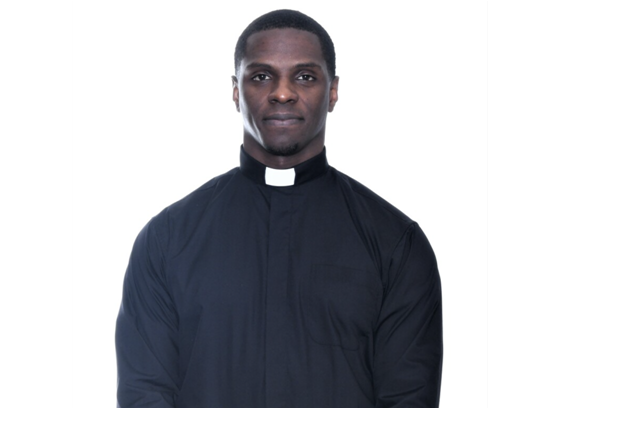When Is It Appropriate To Wear Minister Collar Shirts?
Dec 20th 2021

As many people would be able to attest, there are clearly stated dress rules that clergy members of most denominations must follow. They are both observed to comply with the biblical mandate to keep their garments holy during service, and to show themselves as examples to believers.
However, each denomination has its own dress code to preserve certain uniformity within its ranks. This uniformity or standardization wasn´t achieved up until the 800s where efforts finally produced a visible way to recognize the followers of Christ. This evolutive process continues until our days and has set for a generalized use of the amice, alb, cincture, stole, and chasuble for the catholic world, and the now-typical combination of cassock, rochet, chimere, tippet, and cincture for pentecostal denominations during the celebration of mass.
In terms of casual or “streetwear”, clergy members must also follow certain rules to make sure they present the proper public witness before their many communities. Every member of the church must ensure strict compliance with their dress code, not only as an equalizer in front of their congregation, signifying that all are equal as servants of God, but also prevent problems of proper credential holding. Indeed, the dress code also serves as a mark of identification and a sign that they walk by the same rule, and mind the same things.
Members of the church must be familiar with this rule and how their clothes speak about where their treasures are, to use the terminology of the Church Of God In Christ.
Ministers, or those authorized by the church to spread the teachings of Christ, have a strict dress code that varies depending on their function within the church, and they must be followed the minute they are granted their ministry license.
This is, of course, an individual decision. Lay members who hear the call to the ministry must express their desire to preach the gospel, and the pastor must attest to the authenticity and soundness of this call. Having the right qualities to start the long road for ordination not only requires the knowledge of the word of Christ, but a willingness to show him or herself approved unto God.
However, having a license to conduct worship services or visit institutions while invested by the authority of the church, does not grant the newly licensed preacher the faculty to wear things they don't yet understand. This is especially true for church vestments during service or even minister collar shirts as casual wear.
It is important to note that a licensed preacher is still a layman in the eyes of the church until ordained. Nonetheless, they are required to wear a black suit, black shoes and socks, and a white shirt with a black necktie when representing the church. On some rare occasions, the pastor may allow the minister to wear a minister collar shirt or Brother´s Rabat, but this permission must be expressly granted. During ceremonies or services, licensed ministers aren't allowed to wear the traditional robe or cassock.
These limitations can continue for quite some time until the pastor recommends him or her to the ordination committee or its equivalent office. The pastor must present the proper credentials and qualifications. These must be examined and approved, so the new minister can be ordained by the jurisdictional bishop. Until then, the license must be renewed every year.
When the applicant is ordained he becomes an ordained elder of the church, who can now conduct worship services wearing church vestments that include the black Anglican cassock or robe, a black cincture, the white surplice, and a black tippet to signify the yoke of the office. As for clericals, many would not be able to tell the difference between a newly ordained elder and a pastor. Typically, they wear a full dress black minister collar shirt or a black silk rabat over a long-sleeved white neckband shirt. Newly ordained elders must always remember to use prudence in the use of the pastoral attire as the world knows them and they are constantly watching what they do. Persevering in these observations makes it easier for the world to also open its ears to what ministers have to say.
There are some exceptions to the use of color in ministerial attire. For example, tropical climates or hot seasons might demand the use of lighter colors during service or visits, such as white or even blue. But ordained elders or pastors must never wear the purple of the bishop's office, not even when wearing clericals or regular clergy shirts.
If you are thinking of becoming a minister and would like to have a deeper understanding of what church vestments and clericals mean, or are just looking for high-quality minister collar shirts that effectively represent your position, visit our online store. We sell incredibly well-made clothes for those who care about quality and finding a balance between fervor and beauty.